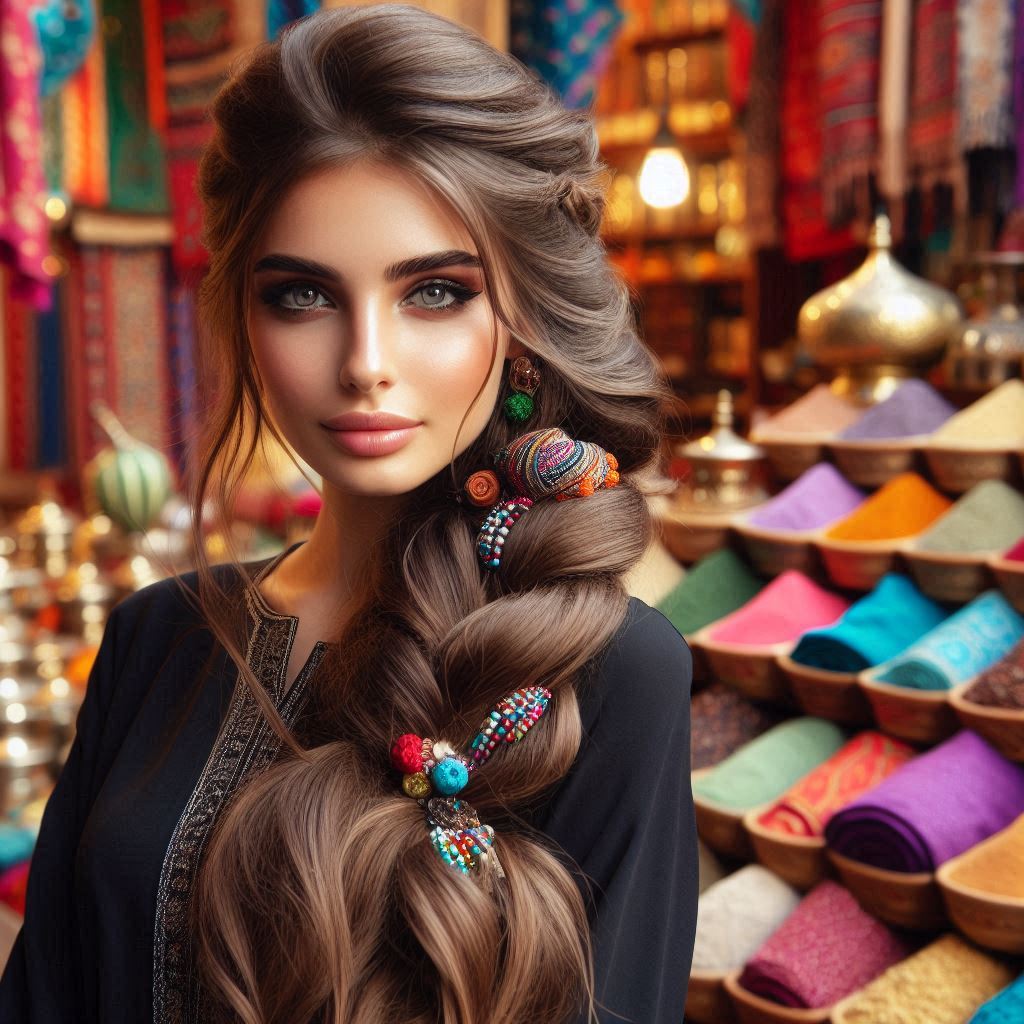
Embracing Natural Hair
The Psychology Behind Haircuts, Hairstyles, and Hair Care
More Than Just A Trim
The Hairstyle
Hair is more than just hair but more what it says about you. It is a powerful symbol of identity, self-expression, and cultural significance. From the simple act of getting a haircut to the meticulous routines of hair care, our relationship with our hair reflects deeper psychological and emotional aspects of our lives.
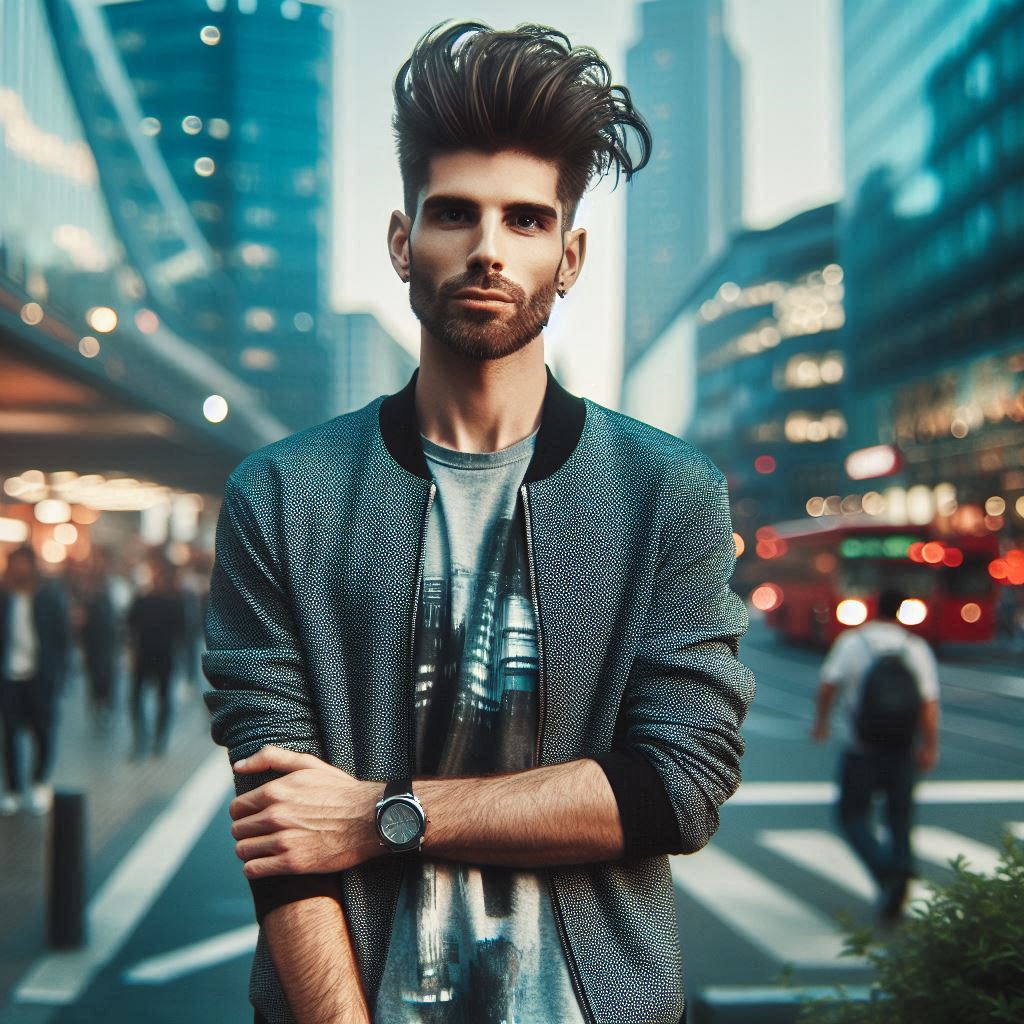
The Significance of Haircuts
The Emotional Impact of Haircuts
Haircuts often signify more than just a change in appearance. They can symbolize new beginnings, mark significant life events, or reflect inner transformations. For many, a fresh haircut can boost confidence and provide a sense of renewal. This emotional impact is rooted in the cultural and personal significance of hair.
Haircuts as a Form of Self-Expression
Choosing a haircut can be a deeply personal decision, influenced by individual identity, social norms, and cultural expectations. Different styles can communicate various messages about personality, lifestyle, and even social status. The way we style our hair allows us to express who we are and how we wish to be perceived by others.
Hairstyles A Window Into You
The Cultural Influences on Hairstyles
Hairstyles are often influenced by cultural trends, historical periods, and societal expectations. From the elaborate wigs of the 18th century to the punk rock mohawks of the 1980s, hairstyles reflect the zeitgeist of their time. Understanding the cultural context of a hairstyle can provide insight into the values and beliefs of a particular era.
The Psychological Implications of Hairstyles
The way we style our hair can also reveal aspects of our psychological state. For example, someone opting for a bold, unconventional hairstyle may be expressing their desire for individuality and rebellion against societal norms. On the other hand, a conservative hairstyle might indicate a preference for tradition and conformity.
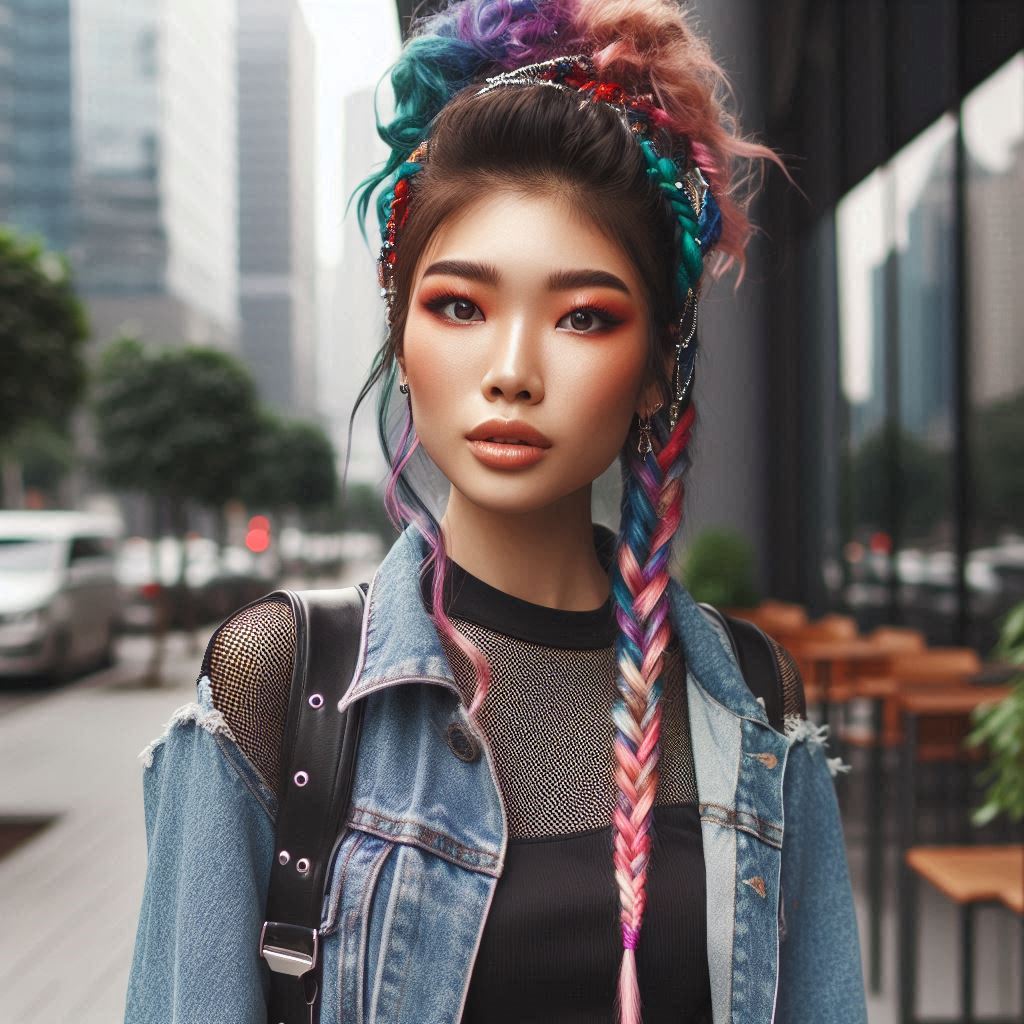
Hair Care Nurturing the Mind and Body
The Therapeutic Benefits of Hair Care
Hair care routines can have therapeutic effects, promoting relaxation and self-care. The act of washing, conditioning, and styling hair can serve as a form of mindfulness, allowing individuals to focus on the present moment and reduce stress. Moreover, the sensory experience of touching and caring for hair can be soothing and grounding.
Hair Care and Self-Perception
How we care for our hair can influence our self-perception and overall well-being. Healthy, well-maintained hair can enhance self-esteem and project a positive image to the world. Conversely, neglecting hair care can sometimes be a sign of underlying emotional struggles or low self-worth.
Male vs. Female Hair Psychology
Societal Expectations and Gender Norms
Society often imposes different expectations on men and women when it comes to hair. Women are generally encouraged to invest more time and effort into their hair care routines, often viewing their hair as an extension of their femininity and beauty. Men, on the other hand, may feel pressure to conform to more straightforward and practical hair styles, with less emphasis on elaborate grooming.
Emotional and Psychological Differences
Men and women may experience different emotional and psychological connections to their hair. Women often see their hair as a critical component of their identity and self-expression, making hair changes more emotionally charged. Men, however, might view hair more pragmatically, but can also experience significant emotional distress over issues like hair loss.
Cultural and Media Influences
Cultural and media portrayals of hair can also differ significantly between genders. Women’s hair is frequently highlighted in fashion and beauty industries, influencing trends and perceptions. Men’s hair, while also subject to trends, is often portrayed in ways that emphasize masculinity and practicality.
Baldness A Bold Statement
Is Being Bald a Hairstyle?
Being bald can indeed be considered a hairstyle. Whether by choice or due to natural hair loss, baldness is a distinctive look that can carry strong connotations. It is a hairstyle that requires confidence and can make a bold statement about one’s identity and self-acceptance.
Reasons for Choosing Baldness
Men and women choose to embrace baldness for various reasons. For some, it is a practical choice or personal reasons, eliminating the need for hair maintenance and styling. For others, it is a powerful statement of personal freedom and defiance against societal beauty standards. Baldness can also symbolize a fresh start, a clean slate that reflects inner strength and self-assurance.
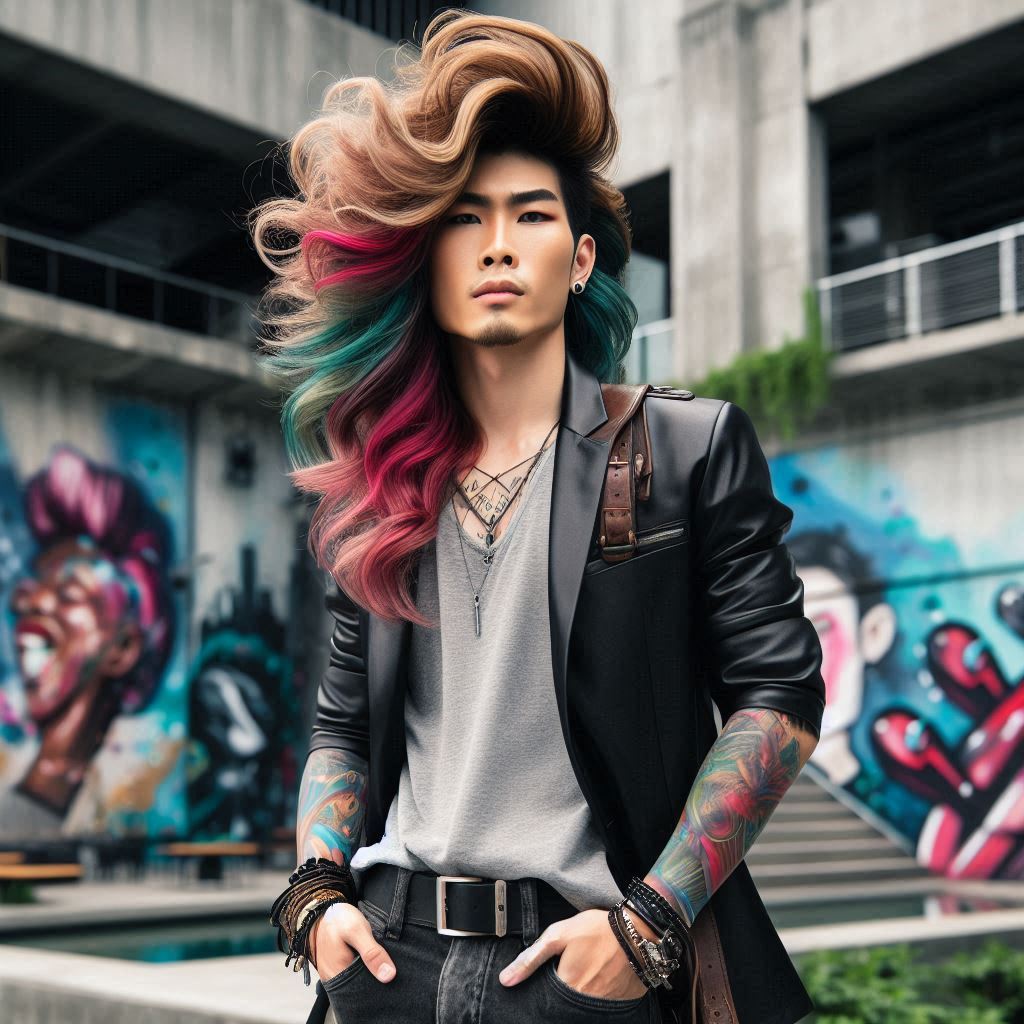
The Evolution of Hair & How It Changes Over Time
Childhood and Adolescence
In childhood, hair often represents innocence and playfulness. Hairstyles for children are usually simple and practical. As children grow into teenagers, they begin to experiment with their hair, using it as a form of self-expression and a way to assert their identity. Adolescence is a time of exploration, and hairstyles can reflect the desire to fit in with peers or stand out from the crowd.
Adulthood
In adulthood, hair becomes a more integral part of one’s professional and personal identity. Hairstyles may be chosen based on career demands, lifestyle, and personal preferences. For many adults, hair care routines are established, and maintaining healthy hair becomes a priority. Changes in hair, such as graying or thinning, can also occur during this stage, affecting self-perception and confidence.
Aging and Elderly Years
As people age, their relationship with their hair continues to evolve. Hair may become thinner, grayer, or more brittle, reflecting the natural aging process. Some individuals embrace these changes, while others seek treatments to maintain their hair’s appearance. For elderly individuals, hair care can also become a crucial aspect of self-care and dignity.
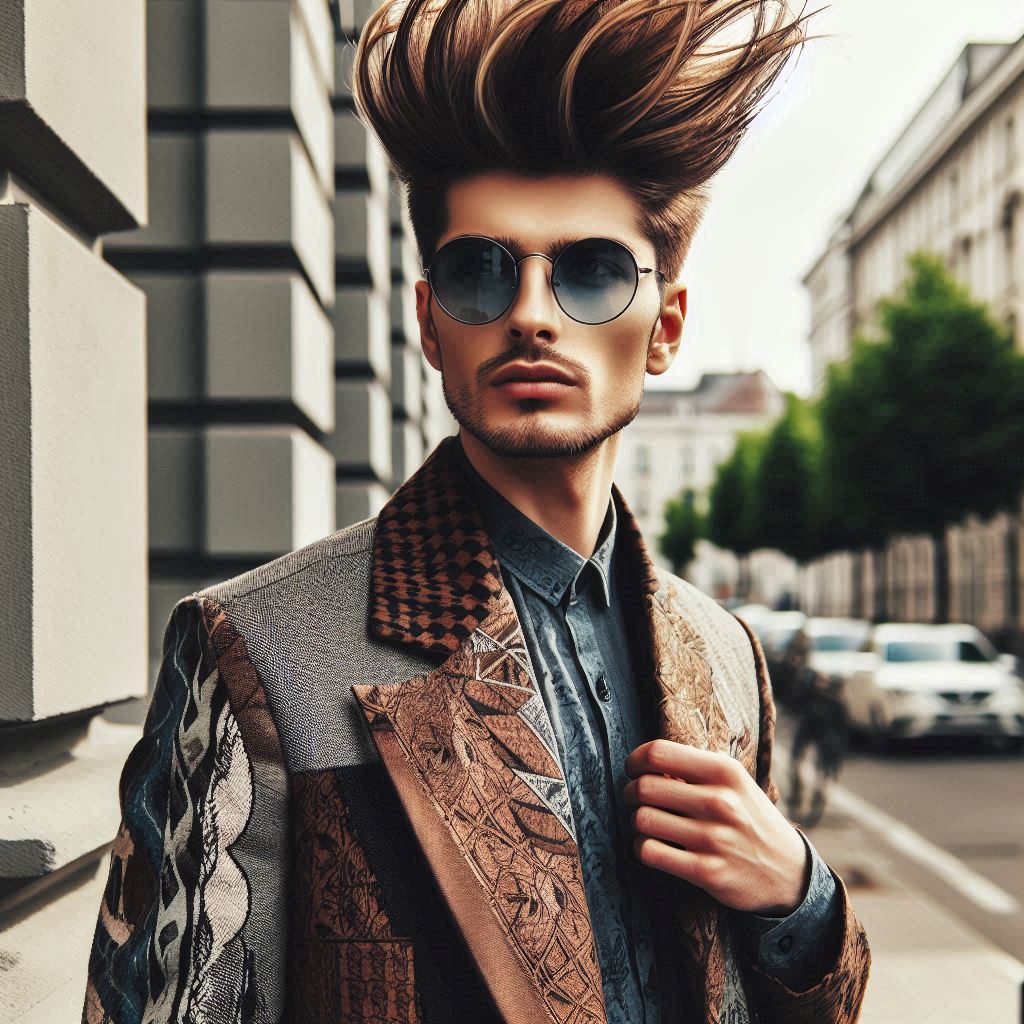
How Hair Care Has Improved Hair Quality
Advances in Hair Care Products
Over the years, advancements in hair care products have significantly improved hair quality for many individuals. Innovations in shampoos, conditioners, and treatments have made it possible to address various hair concerns, such as dryness, damage, and frizz. Ingredients like argan oil, keratin, and biotin have become popular for their nourishing and strengthening properties.
Professional Hair Treatments
Professional hair treatments, such as deep conditioning, keratin treatments, and scalp massages, have also contributed to improved hair health. These treatments can provide intense hydration, repair damaged strands, and promote healthy hair growth. Regular visits to a professional stylist can help maintain hair quality and prevent common issues like split ends and breakage.
Personalized Hair Care Routines
With a better understanding of individual hair types and needs, personalized hair care routines have become more common. Tailoring hair care practices to specific hair types—whether it’s curly, straight, oily, or dry—can lead to better overall hair health. This personalized approach ensures that each person’s hair receives the appropriate care and attention it needs to thrive.
Embracing Natural Hair
The movement towards embracing natural hair has also played a role in improving hair quality. Many individuals are now choosing to minimize the use of heat styling tools, chemical treatments, and harsh products. By adopting more natural hair care practices, such as protective styles and gentle handling, people are able to maintain healthier, stronger hair.
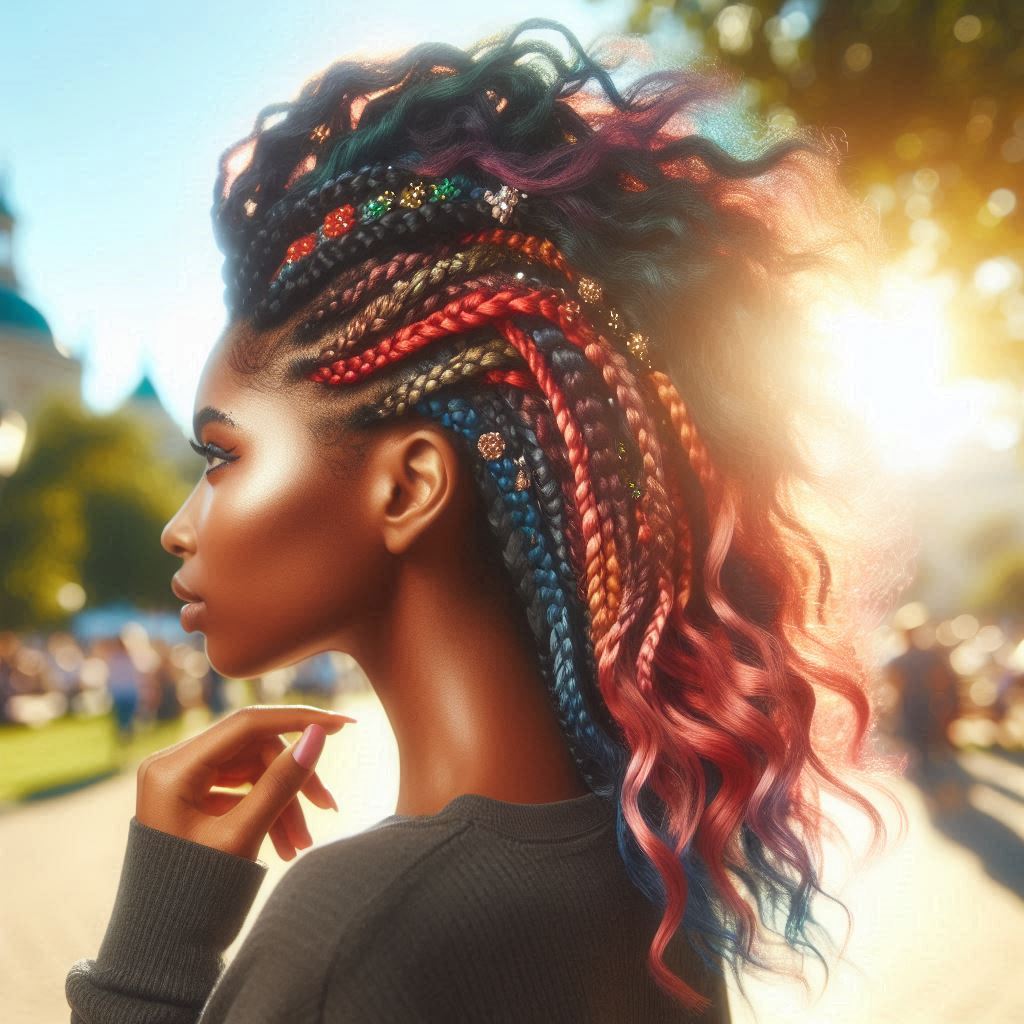
Pop Culture and Hairstyles
Influence of Celebrities and Media
Pop culture has a profound impact on hairstyle trends. Celebrities, musicians, and actors often set the stage for new and innovative hairstyles. Iconic looks, such as Jennifer Aniston’s “Rachel” haircut from Friends or David Bowie’s ever-evolving hairstyles, have inspired millions to replicate these styles. The media amplifies these trends, making them accessible to a global audience.
Fashion and Music Trends
Fashion and music trends are closely tied to hairstyles. The punk rock movement of the 1970s and 1980s, for example, introduced edgy hairstyles like mohawks and brightly colored hair. The grunge era of the 1990s popularized messy, undone hair. As fashion and music continue to evolve, so do the hairstyles that accompany them, reflecting the spirit and attitudes of each era.
Social Media and Influencers
In the digital age, social media platforms and influencers play a significant role in shaping hairstyle trends. Instagram, TikTok, and YouTube have become hubs for hairstyling tutorials, tips, and inspiration. Influencers with large followings can quickly popularize new hairstyles, making them viral trends within a short period. This democratization of hair trends allows for more diverse and inclusive styles to emerge.
Movie and TV Characters
Characters from movies and TV shows also leave a lasting impact on hairstyle trends. Iconic characters with distinctive hairstyles often become trendsetters. For example, the sleek, bob haircut of Uma Thurman’s character in Pulp Fiction or the voluminous curls of Julia Roberts in Pretty Woman have influenced hairstyle choices for years. These fictional characters create a cultural touchstone that people look to for inspiration.
Bonnie and Clyde & The Influence of Bonnie Parker’s Hairstyle
The Iconic Look of Bonnie Parker
During the Great Depression, Bonnie Parker, half of the infamous duo Bonnie and Clyde, became a cultural icon. Her distinctive hairstyle—a sleek, blonde bob with waves—captured the public’s imagination. Photographs of Bonnie, often seen with a beret and her signature hairstyle, were widely circulated in newspapers and magazines. This notoriety not only added to her fame but also made her hairstyle a trendsetter of the time.
Cultural Impact and Influence
Bonnie Parker’s hairstyle became a symbol of rebellion and allure. Many women began to emulate her look, drawn to the sense of daring and independence that it represented. The sleek bob with waves became associated with a modern, liberated woman who defied conventional norms. This trend was further popularized by the glamorization of Bonnie and Clyde in popular culture, including movies and literature that depicted their story.
The Enduring Legacy
The influence of Bonnie Parker’s hairstyle extended beyond her lifetime. The sleek bob with waves has remained a timeless classic, often revived in different eras with a modern twist. The fascination with Bonnie and Clyde’s story continues to inspire fashion and beauty trends, demonstrating the enduring power of pop culture icons to shape and influence personal style.
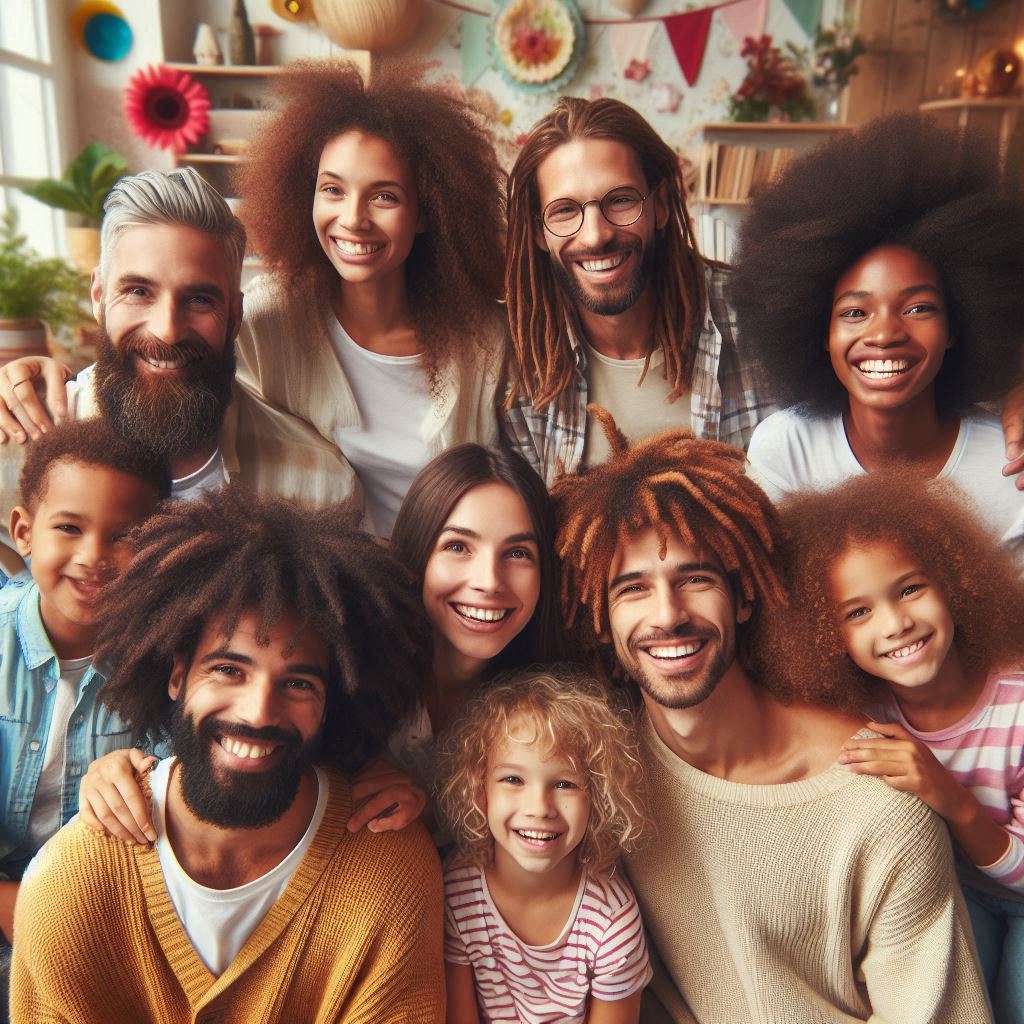
The Evolution of Hairstyles Through the Decades
1920s – The Roaring Twenties
The 1920s marked a significant shift in women’s hairstyles with the advent of the bob cut. Flappers popularized short hair, often styled in sleek bobs or finger waves. This era was characterized by a sense of liberation and rebellion against traditional norms, and the bob became a symbol of modernity and independence.
1930s – Hollywood Glamour
The 1930s saw a return to more elegant and sophisticated hairstyles. Hollywood starlets like Greta Garbo and Marlene Dietrich influenced trends with their soft, glamorous waves and sophisticated updos. Finger waves remained popular, but hairstyles were generally longer and more polished than in the previous decade.
1940s – Wartime Practicality
During World War II, practicality became a priority. Women adopted shorter, more manageable hairstyles that could be easily maintained. Victory rolls, pin curls, and shoulder-length waves were iconic looks of this era. Hair scarves and turbans were also popular accessories, adding a touch of style while keeping hair out of the way.
1950s – Rock ‘n’ Roll and Elegance
The 1950s brought a mix of rock ‘n’ roll rebellion and elegant sophistication. Men’s hairstyles, like the pompadour and the ducktail, were influenced by rock ‘n’ roll icons like Elvis Presley. Women favored voluminous styles, such as the beehive and bouffant, popularized by stars like Audrey Hepburn and Marilyn Monroe. Soft curls and sleek, polished looks also defined the decade.
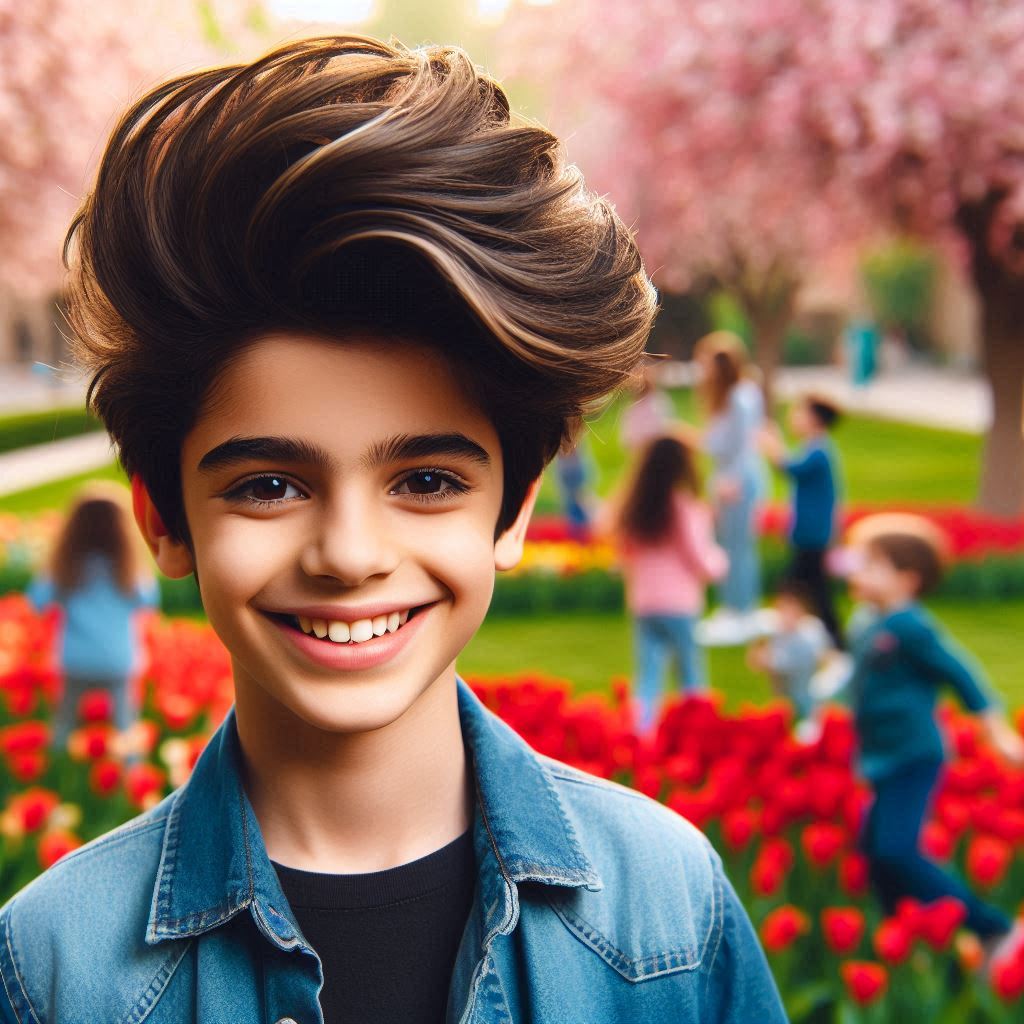
1960s – The Swinging Sixties
The 1960s were a time of experimentation and cultural change. The decade saw a variety of iconic hairstyles, from the sleek, geometric cuts of Vidal Sassoon to the long, free-flowing hair of the hippie movement and James Bond. The beehive remained popular in the early part of the decade, while later years saw the rise of mod styles and bold, psychedelic colors.
1970s – Natural and Effortless
The 1970s embraced natural beauty and effortless styles. Long, straight hair became a hallmark of the decade, often worn with a center part. The amazing hairstyle called the afro became a powerful symbol of Black pride and cultural identity. Feathered hair, popularized by Farrah Fawcett, became a defining look of the late 1970s, characterized by soft, layered waves.
1980s – Big Hair and Bold Statements
The 1980s were all about making a statement with big, bold hairstyles. Volume was key, with teased hair, perms, and high hairstyles taking center stage. Icons like Madonna and Cyndi Lauper set trends with their wild, colorful looks. Mullets, crimped hair, and bold accessories like scrunchies and headbands were also quintessential 1980s styles.
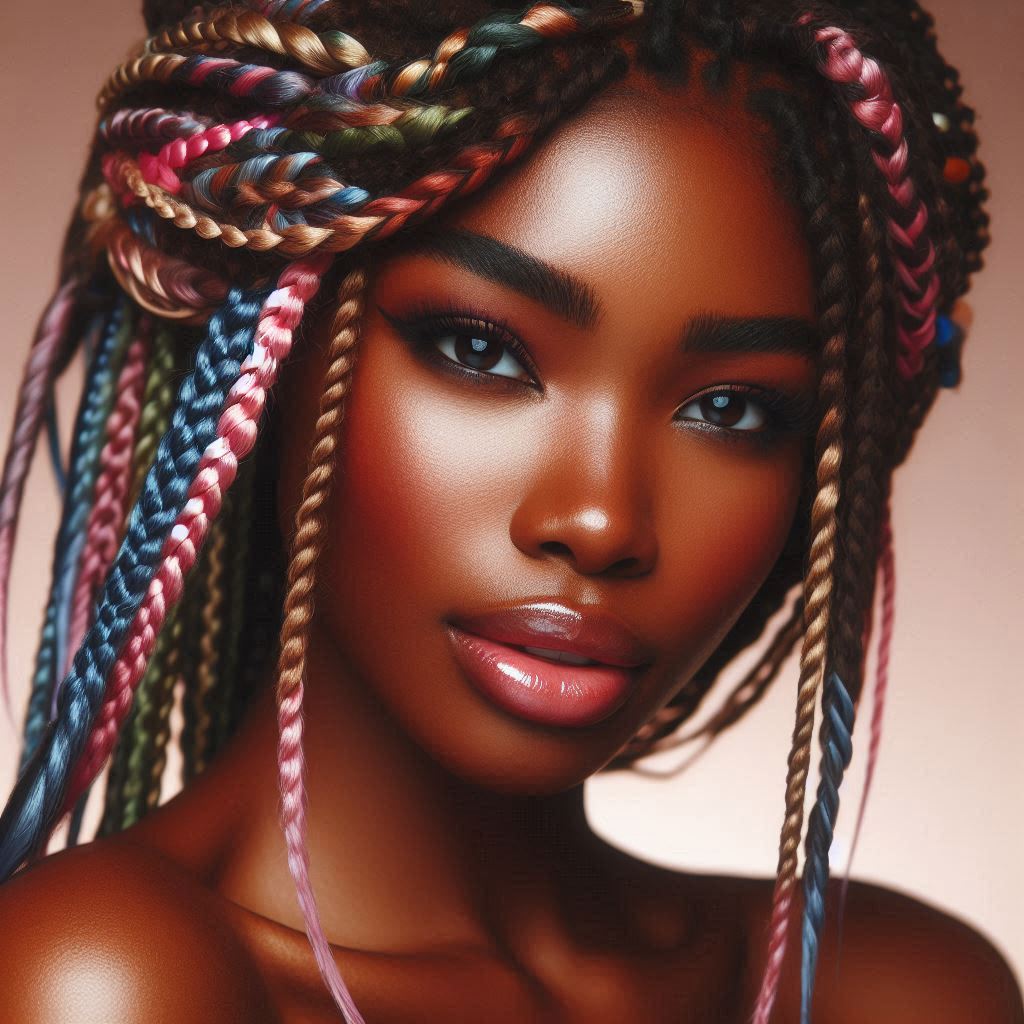
1990s – Grunge and Minimalism
The 1990s saw a shift towards more relaxed and minimalist hairstyles. The grunge movement, influenced by bands like Nirvana, popularized messy, undone hair. The “Rachel” haircut, inspired by Jennifer Aniston’s character on Friends, became one of the most iconic looks of the decade. Sleek, straight styles and natural waves also defined the era.
2000s – Versatility and Innovation
The 2000s embraced versatility and innovation in hairstyles. From sleek, pin-straight hair to textured, beachy waves, the decade offered a variety of styles. The emo and scene subcultures introduced choppy, layered cuts with bold colors and bangs. Braids, updos, and experimental looks were popular, reflecting a diverse range of influences.
2010s – The Rise of Social Media Trends
The 2010s saw the rise of social media influencers and the democratization of hair trends. Instagram, YouTube, and Pinterest became key platforms for discovering and sharing hairstyles. Trends like balayage, ombre, and pastel colors gained popularity. The natural hair movement also gained momentum, celebrating diverse textures and encouraging individuals to embrace their natural curls and coils.
2020s – Embracing Individuality
In the 2020s, individuality and self-expression continue to shape hairstyle trends. From bold, vibrant colors to intricate braids and shaved designs, people are exploring new ways to express their personalities through their hair. The focus on inclusivity and diversity has led to a celebration of all hair types and styles, encouraging everyone to embrace their unique beauty.
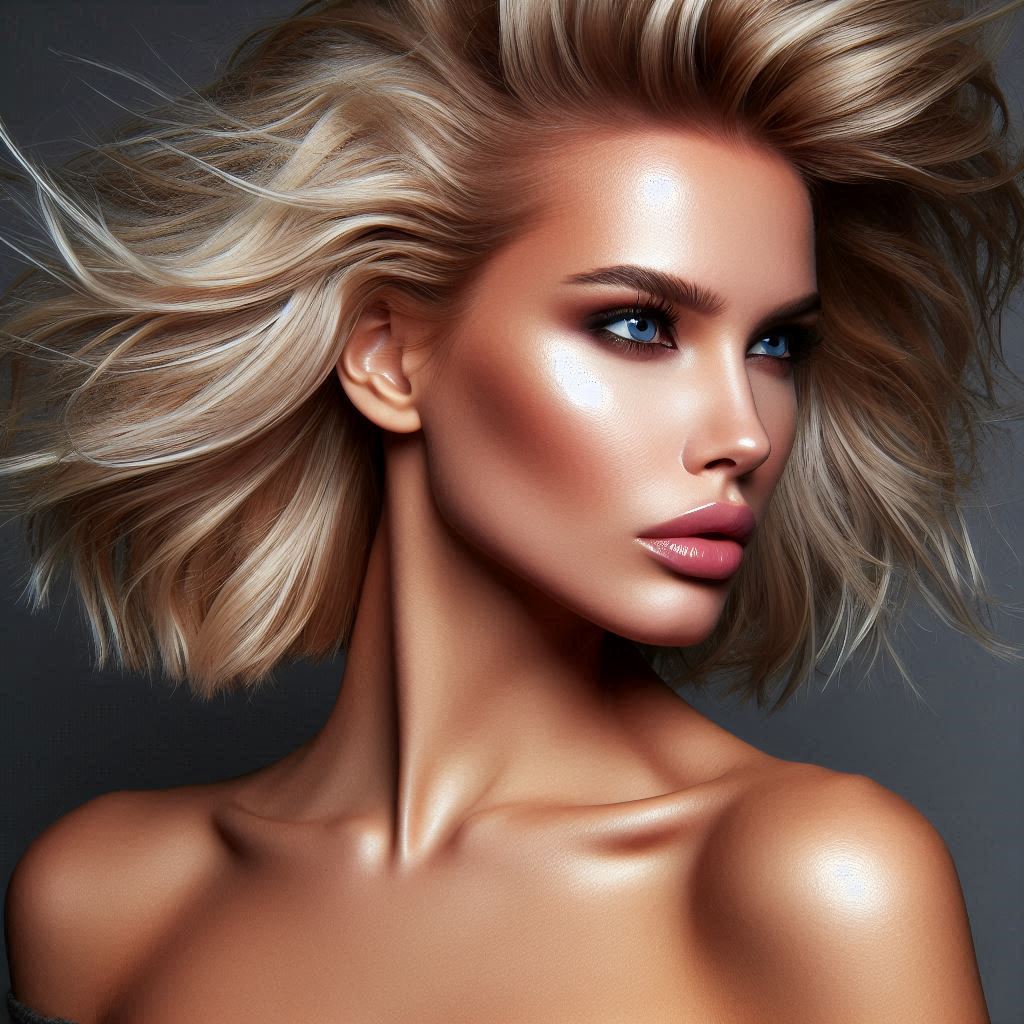
The Psychology Behind Haircuts, Hairstyles, and Hair Care
Conclusion – The Power of Hair
Haircuts, hairstyles, and hair care are more than just aesthetic choices; they are powerful tools for self-expression, cultural identity, and psychological well-being. By understanding the deeper meanings behind our hair-related decisions, we can gain valuable insights into ourselves and the world around us. Our hair is a reflection of who we are, and nurturing it can lead to a more confident, self-aware, and empowered self.
Join the Discussion
We’d love to hear your thoughts on the fascinating world of hair psychology! How have your haircuts, hairstyles, and hair care routines influenced your self-expression and confidence? Have you ever felt a significant emotional impact from changing your hair? What are your favorite hair trends from the past or present?
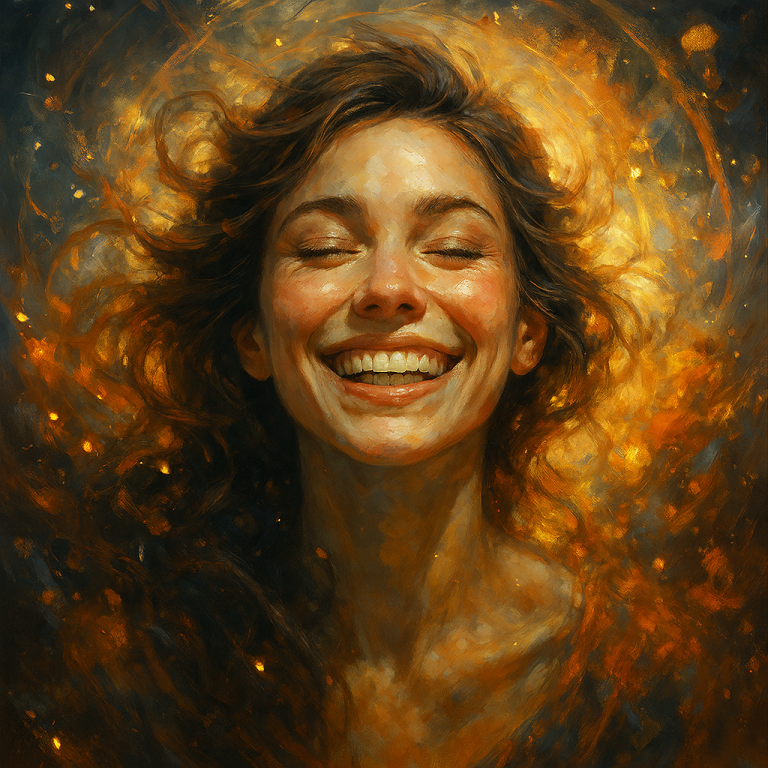
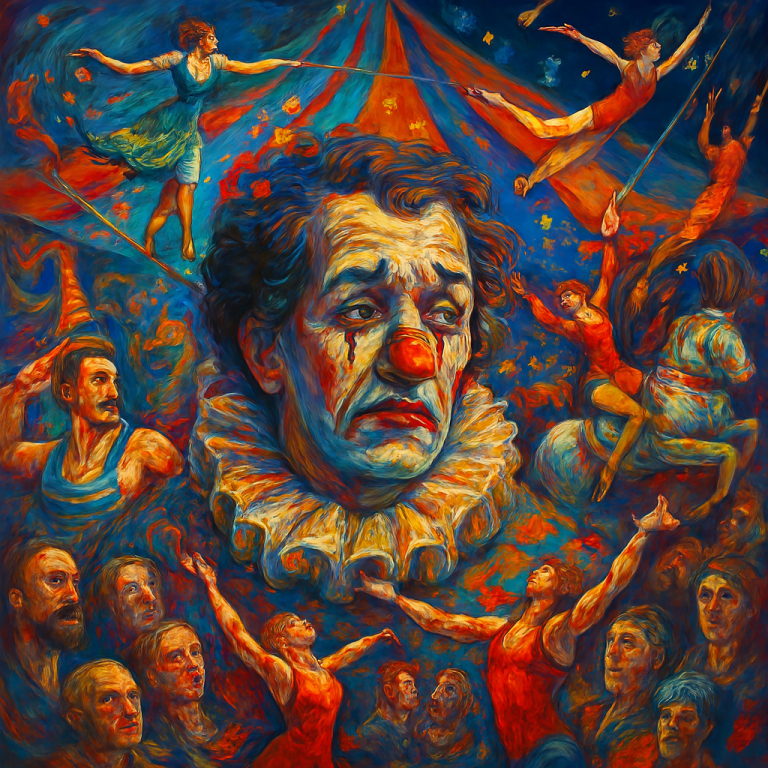
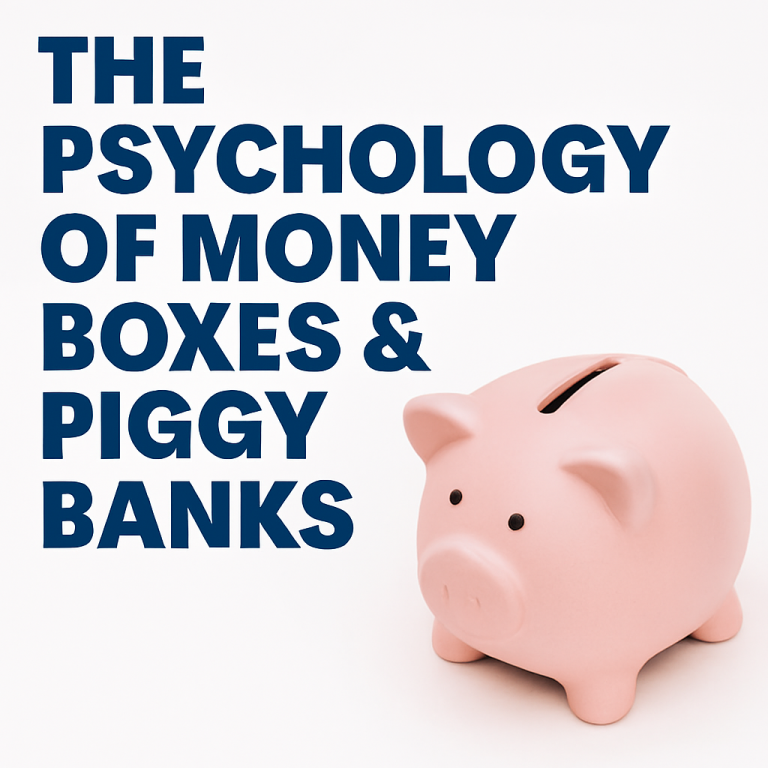
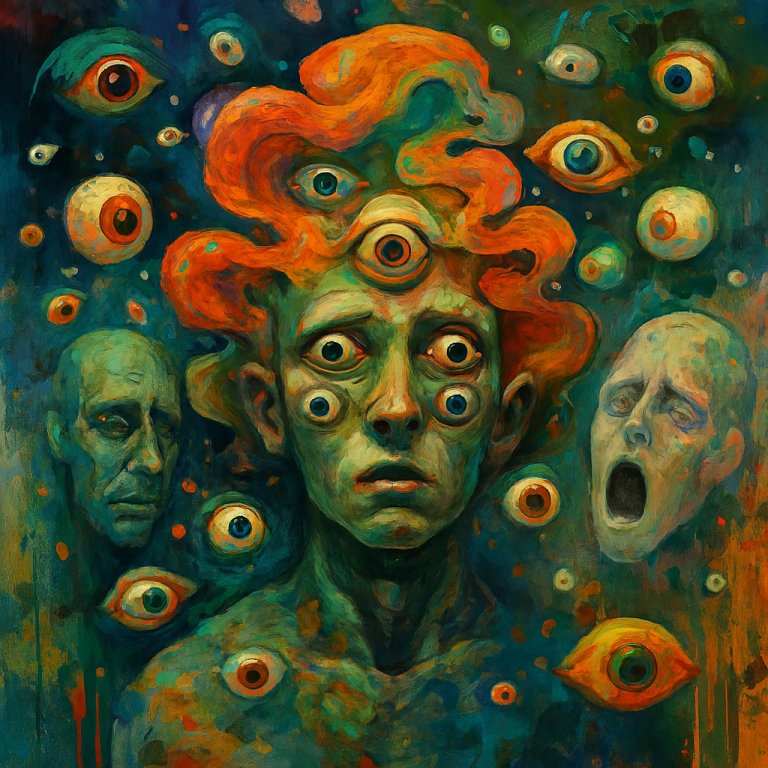
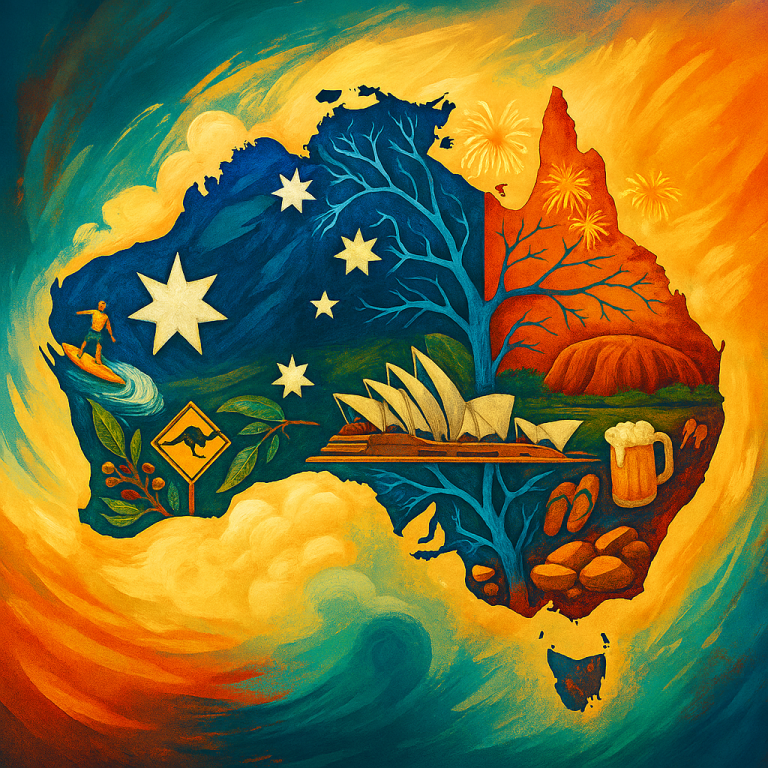
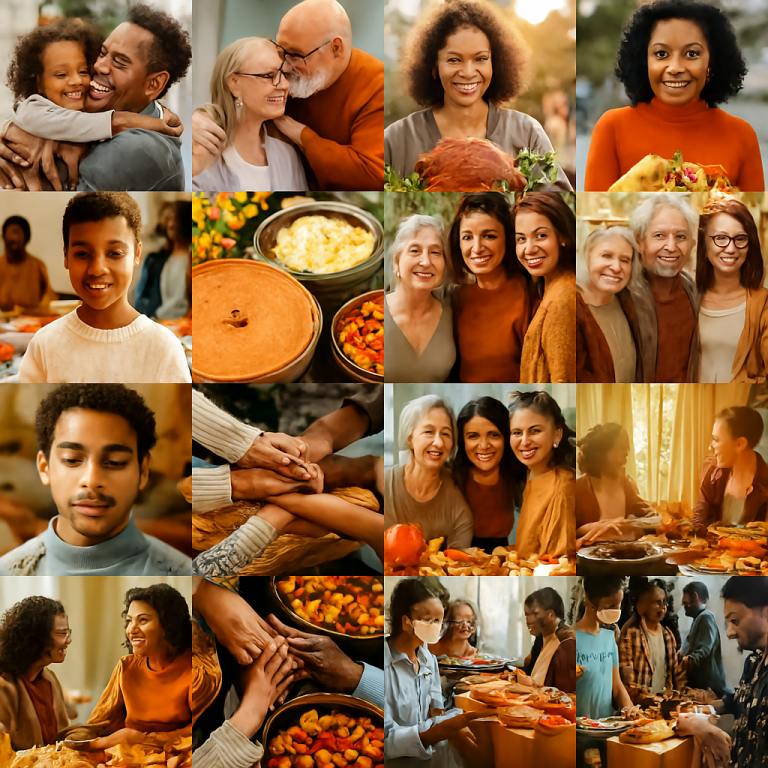
I am really inspired along with your writing abilities as neatly as with the format
to your weblog. Is this a paid theme or did you modify
it your self? Either way keep up the nice high quality writing, it is rare to peer a great blog like this one nowadays.
LinkedIN Scraping!